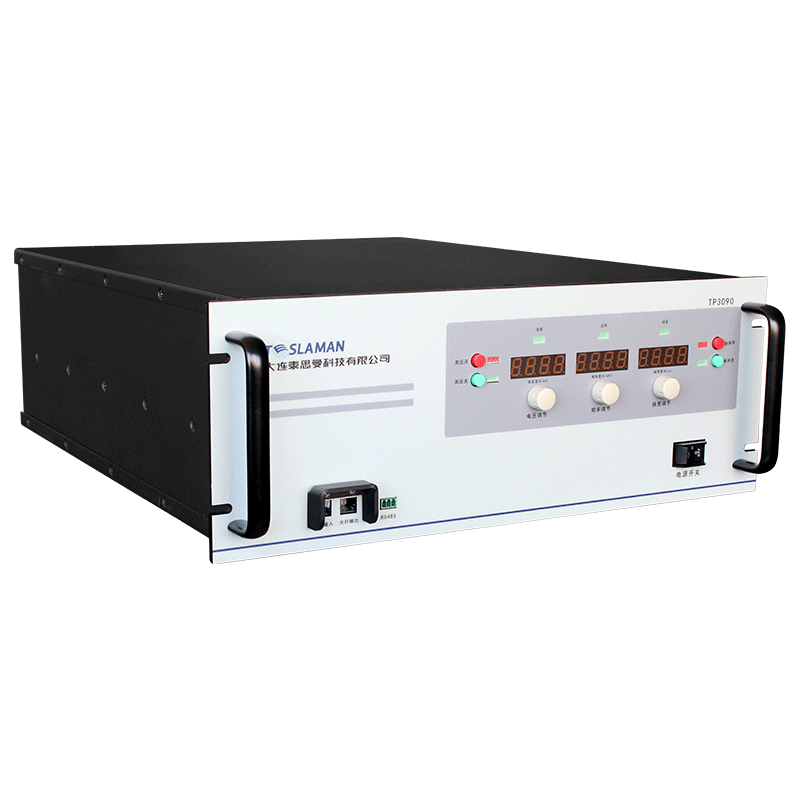A Comparative Analysis of High-Voltage Power NanoKnife and Other Minimally Invasive Surgery Techniques
The High-Voltage Power NanoKnife is an emerging minimally invasive surgery technique that uses the effect of high-voltage pulsed electric fields to disrupt cell membranes, achieving the goal of treating cancer and neurosurgical diseases. Compared to traditional surgery, the High-Voltage Power NanoKnife has significant advantages, while also differing from other minimally invasive surgery techniques.
Compared to traditional surgery, the High-Voltage Power NanoKnife has the following advantages:
Non-invasive: The High-Voltage Power NanoKnife does not require incisions in the skin, avoiding surgical trauma and complications, shortening recovery time.
High precision: The High-Voltage Power NanoKnife can be accurately positioned and controlled, reducing the possibility of surgical errors and damage to surrounding tissues.
High safety: The safety of the surgery can be ensured through monitoring of voltage and current during the High-Voltage Power NanoKnife operation.
Good treatment effect: The High-Voltage Power NanoKnife can effectively kill cancer cells and nerve tissue, achieving the goal of treatment.
Compared to other minimally invasive surgery techniques, the High-Voltage Power NanoKnife also has some differences:
Thermal ablation: Thermal ablation is a minimally invasive surgery technique that uses high-frequency currents or lasers to heat tissue to high temperatures. Compared to the High-Voltage Power NanoKnife, thermal ablation requires a longer time to ablate tissue and is susceptible to thermal damage to surrounding tissues.
Microwave ablation: Microwave ablation is also a minimally invasive surgery technique that uses electromagnetic waves to heat tissue. Compared to the High-Voltage Power NanoKnife, microwave ablation requires a longer time to ablate tissue and is susceptible to thermal damage to surrounding tissues.
Cryotherapy: Cryotherapy is a minimally invasive surgery technique that uses low temperatures to freeze tissue. Compared to the High-Voltage Power NanoKnife, cryotherapy requires a longer time to freeze tissue and is susceptible to cold damage to surrounding tissues.
Laser therapy: Laser therapy is a minimally invasive surgery technique that uses a laser beam to irradiate the lesion, causing it to heat or undergo a chemical reaction to achieve treatment. Compared to the High-Voltage Power NanoKnife, laser therapy requires a longer time to irradiate the lesion and is susceptible to thermal damage to surrounding tissues.
Endoscopic surgery: Endoscopic surgery is a minimally invasive surgery technique that uses an endoscope to perform surgery inside the body. Compared to the High-Voltage Power NanoKnife, endoscopic surgery is suitable for smaller lesions, and the operating space is smaller, with greater operating difficulty.
Overall, as an emerging minimally invasive surgery technique, the High-Voltage Power NanoKnife has significant advantages and characteristics. It can avoid surgical trauma and complications, reduce the possibility of surgical errors and damage to surrounding tissues, ensure surgical safety, and effectively kill cancer cells and nerve tissue to achieve treatment goals. Compared to other minimally invasive surgery techniques, the High-Voltage Power NanoKnife has higher precision and shorter surgical time, and is not susceptible to thermal or cold damage to surrounding tissues.




















